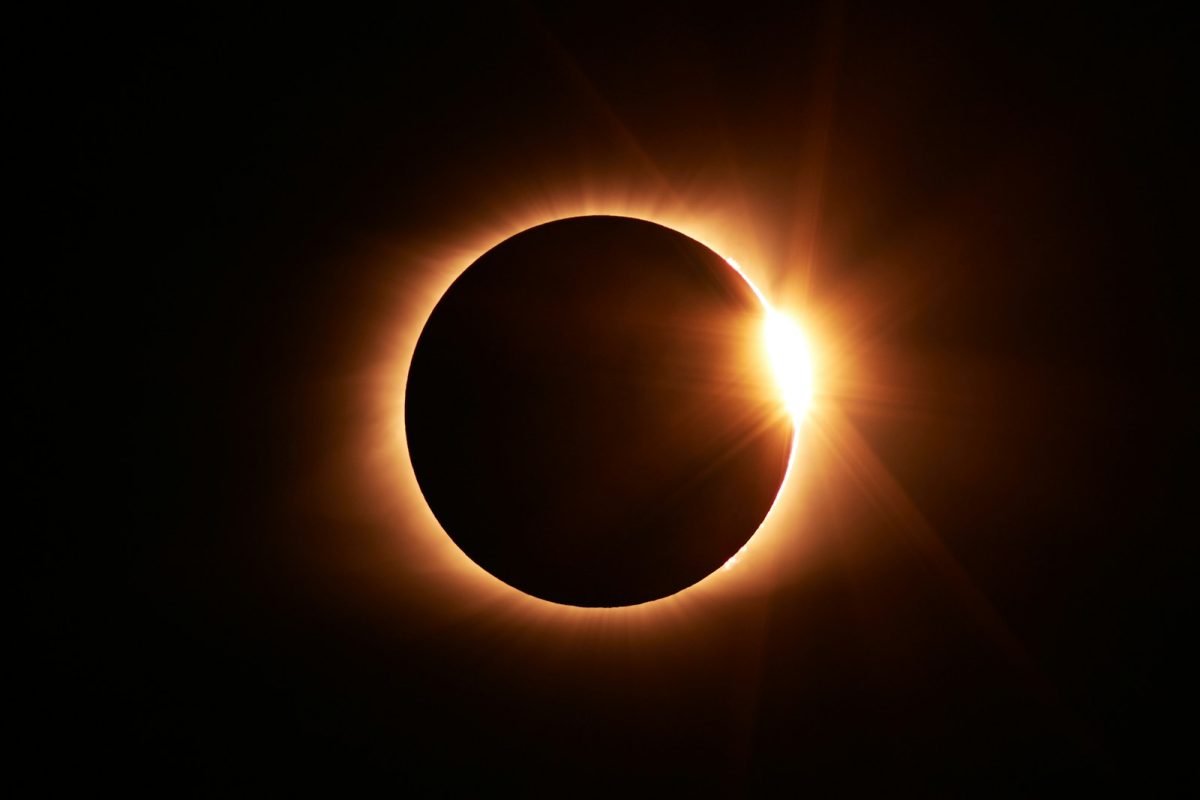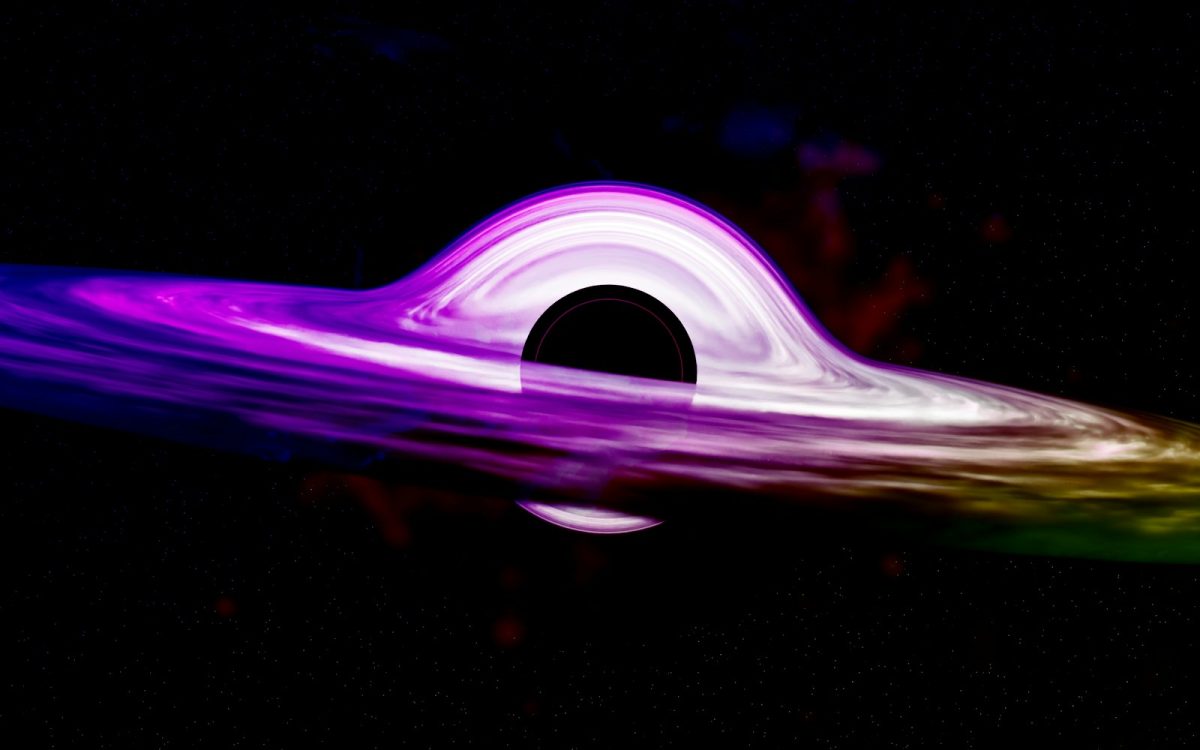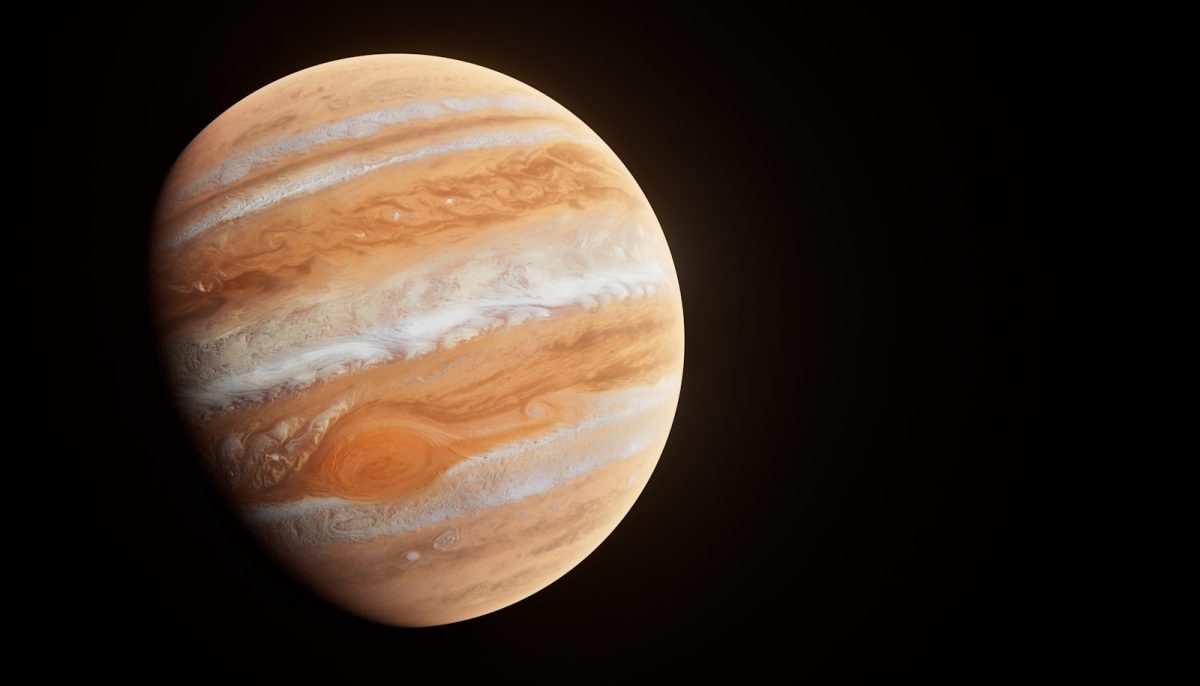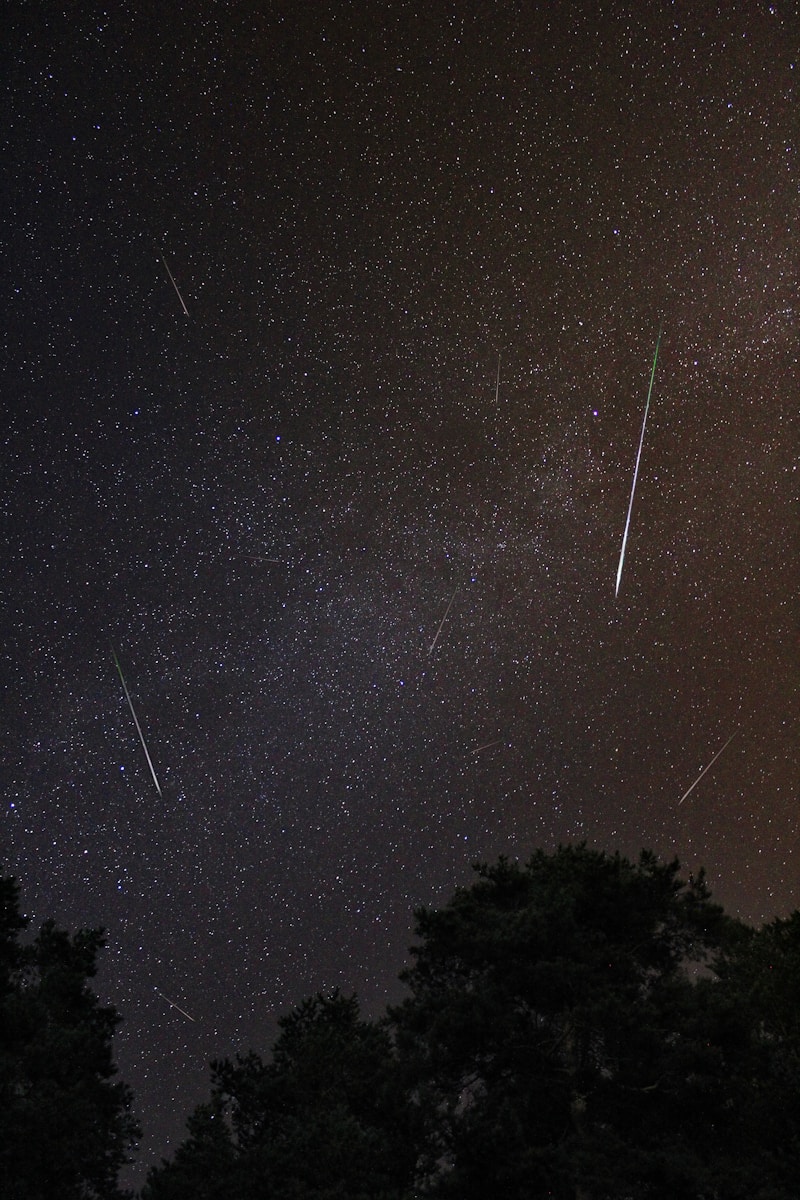A solar eclipse is one of the most fascinating astronomical events that occurs when the Moon passes between the Earth and the Sun, blocking some or all of the Sun’s light from reaching the Earth’s surface. The Moon is about 400 times smaller than the Sun, but it is also 400 times closer to the Earth than the Sun. Due to this incredible coincidence, the Sun and Moon appear to be almost the same size in the sky, making it possible for the Moon to completely cover the Sun during a total solar eclipse.
Solar eclipses occur about two to five times a year, but not all of them are visible from the Earth’s surface. Sometimes the Moon’s shadow misses the Earth, and other times the eclipse occurs over the Earth’s oceans or uninhabited regions. When an eclipse is visible from a particular location on Earth, it is a rare and awe-inspiring sight that draws crowds of people to witness it.
The reason why solar eclipses occur has to do with the Moon’s orbit around the Earth. The Moon orbits the Earth once every 29.5 days, but its orbit is slightly tilted relative to the Earth’s orbit around the Sun. This means that most of the time, the Moon passes above or below the Sun as seen from the Earth, and the Sun’s light is not blocked. However, twice a year, the Moon crosses the plane of the Earth’s orbit around the Sun, and if it happens to be in the right position, it can create a solar eclipse.
There are three types of solar eclipses: partial, annular, and total. A partial eclipse occurs when the Moon only partially covers the Sun, leaving a bright crescent of sunlight visible. An annular eclipse occurs when the Moon is farther away from the Earth and appears slightly smaller than the Sun, creating a ring of sunlight around the Moon. A total eclipse occurs when the Moon completely covers the Sun, plunging the area into darkness and revealing the Sun’s outer atmosphere, or corona, which is normally invisible.
In summary, a solar eclipse is a spectacular event that occurs when the Moon passes between the Earth and the Sun, blocking some or all of the Sun’s light from reaching the Earth. This phenomenon happens due to the Moon’s orbit around the Earth and its tilt relative to the Earth’s orbit around the Sun. Whether partial, annular, or total, a solar eclipse is a rare and unforgettable sight that reminds us of the vastness and wonder of our universe.
Related Stories
https://spaceplace.nasa.gov/eclipse-snap/en/
https://science.nasa.gov/eclipses/types/
https://www.cnn.com/world/live-news/total-solar-eclipse-04-08-24-scn/index.html
https://en.wikipedia.org/wiki/Solar_eclipse
https://www.exploratorium.edu/eclipse/what-is-a-solar-eclipse
Take Action












